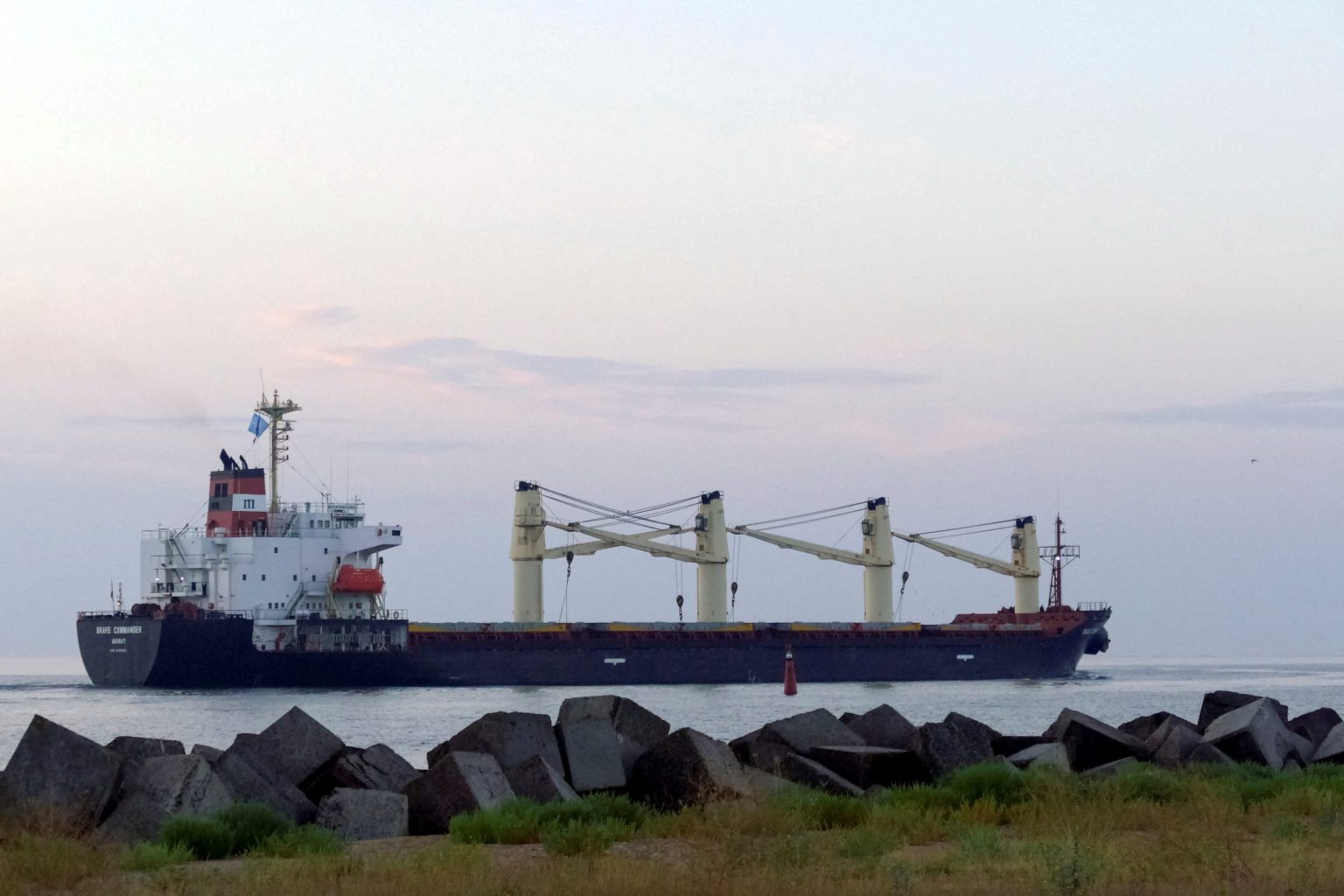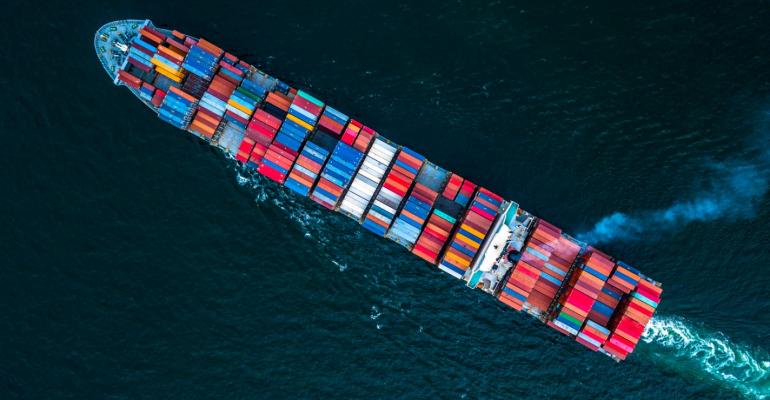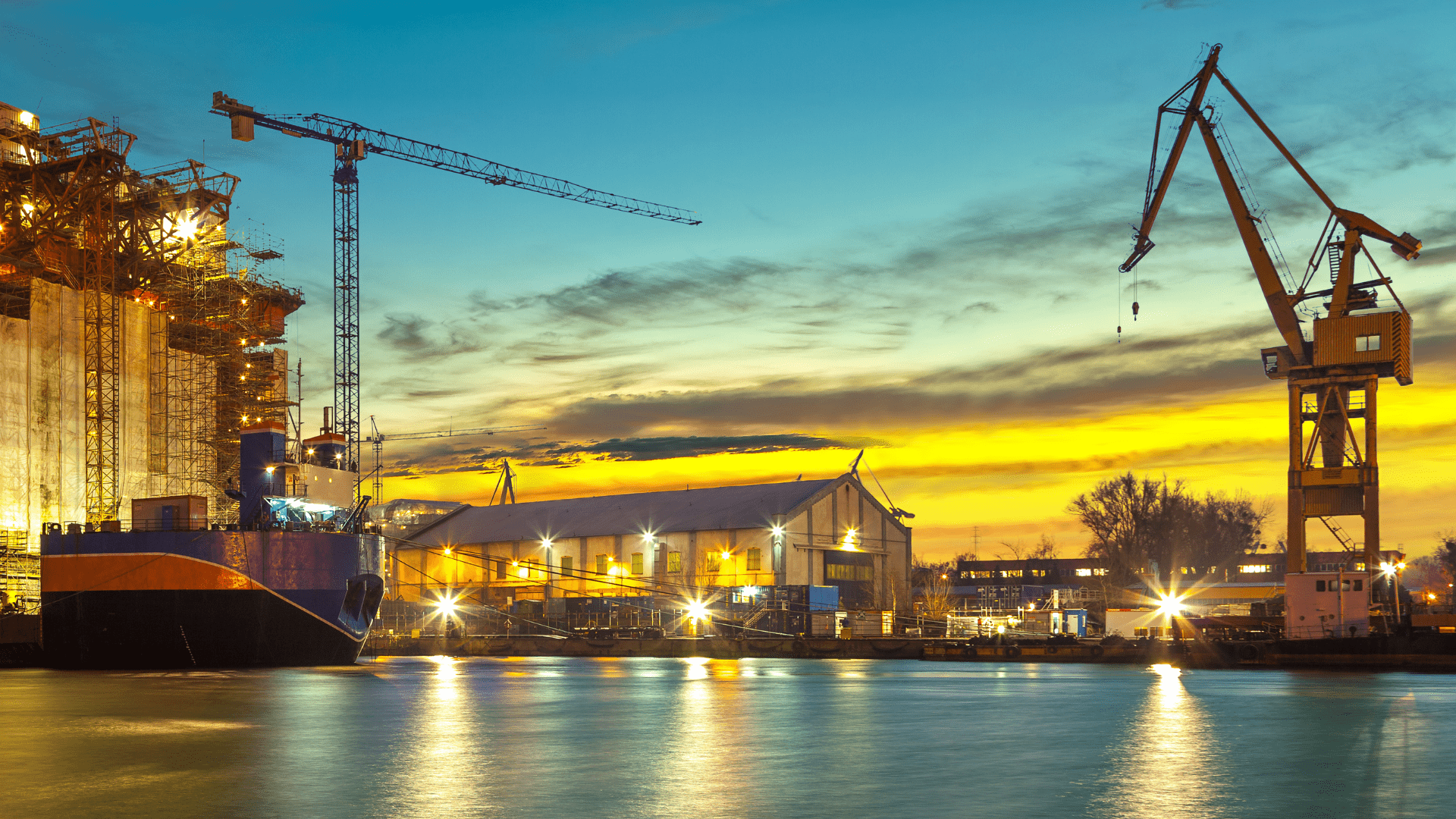The global copper supply chain has experienced an intense transformation over the last twenty years, marked by a significant geopolitical reshuffling and the dramatic rise of China as the central player across numerous stages of the value chain, according to recent analysis from the United Nations Conference on Trade and Development (UNCTAD).
The most striking development detailed in UNCTAD’s Focus on critical minerals: Copper in the new green and digital economy report is China’s ascent. The nation has transitioned from being merely a major importer to the undisputed leader in the copper sphere.
“By 2023, China accounted for 60% of global imports of copper ores and concentrates, reflecting its role as the world’s primary refining hub,” the report states. This dominance represents a significant shift from just two decades prior.
Analysing the specific changes in trade patterns for copper ore and unrefined copper reveals the scale of this transformation. “In 2003, Japan led the world as the top importer, accounting for 26% of global imports, while China held a comparatively smaller share at 17%,” the report notes. Fast forward to 2023, and the picture is inverted with “China emerging as the dominant importer, commanding 60% of the global market. In contrast, Japan’s share dwindled to just 1%.
“This shift reflects China’s leading role in the global copper supply chain and highlights broader changes in the geography of industrial demand.”
While China consolidated its position in ore imports, the export landscape for other copper products also saw significant restructuring. Traditional exporters of copper ores and concentrates, such as Chile and Peru, alongside Botswana and Brazil in other copper categories, have seen their relative global shares diminish. Simultaneously, new dynamics have emerged. The Democratic Republic of Congo, for instance, has risen to prominence as a key exporter of refined copper.
Copper matte moves
Perhaps one of the most surprising shifts occurred in the copper mattes market. “Likewise, the landscape of copper matte exports also changed considerably,” the report observes. “In 2003, Botswana (25%), Brazil (16%), and Mexico (9%) were the leading exporters, collectively accounting for nearly half of global exports.” However, by 2023, a European nation had unexpectedly taken the lead: Germany recorded 34% of exports, followed by Mexico (14%) and Canada (8%), while Botswana and Brazil had dropped out of the top ten altogether.
Germany’s trajectory is particularly notable. The report highlights that Germany transitioned “from being the top importer of copper mattes in 2003 to their leading exporter by 2023”. In 2003, Germany absorbed 25% of total copper matte imports. By 2023, it was no longer a net importer in this category but the world’s leading supplier. The primary destinations for copper mattes in 2023 shifted to nations including Belgium (36%), the Republic of Korea (32%) and China (16%), according to the report.
“These complex movements highlight a “broader trend of consolidation of refining capacity in Asia and parts of Europe”,
According to UNCTAD. They illustrate the “evolving global geography of copper production, trade, and consumption, driven by economic growth, industrial policy, and shifting supply chain strategies.”
In the refined copper segment, Chile maintained its position as the world’s primary exporter over the two decades, although its dominance lessened significantly, from 40% to 21%. Filling some of this space was the Democratic Republic of Congo, which “emerged as a significant exporter of refined copper, accounting for 15% in 2023”.
On the import side for refined copper, the leading nations remained relatively consistent, although China’s influence grew substantially here as well, with its “share doubled”. The US and Italy held their positions as the second and third largest importers.
Demand outlook
Looking ahead, demand for copper is expected to intensify, significantly “driven by the energy transition, digitalisation, and the expansion of green technologies”. This presents an opportunity for developing economies endowed with substantial copper reserves. Countries like Chile, Peru, and the Democratic Republic of Congo are scaling up investments in mining infrastructure, UNCTAD reports. Their efforts encompass “launching new projects, modernising existing facilities, and expanding domestic processing capabilities to produce refined copper and semi-finished goods”. The overarching goal for these nations is clear: “By fostering industrial growth and reducing dependency on raw material exports, these countries aim to capture greater value from their natural resources.”
However, the path to value addition is fraught with obstacles. UNCTAD cautions that “realising these ambitions involves overcoming a range of structural challenges.”
Copper-reliant economies are inherently “vulnerable to external shocks, including commodity price volatility, trade restrictions, and shifts in global demand”.
Furthermore, significant “disparities in economic complexity highlight uneven readiness for industrial upgrading”.
The report uses the Economic Complexity Index (PCI) to illustrate this point. While a nation like Indonesia “exhibits relatively advanced industrial capabilities, with a high economic complexity score”, others crucial to the copper supply chain, such as Zambia and the Democratic Republic of Congo “lag significantly behind”.
UNCTAD says that bridging this developmental divide “will require a combination of targeted public policy, investment in infrastructure and workforce skills, and stronger regional economic integration”.
While China’s rise and the realignment of trade flows create new geopolitical and economic realities, the fundamental challenge for resource-rich developing nations remains: overcoming structural barriers and leveraging the growing demand for copper to move beyond raw material extraction and achieve sustainable industrial development within the complex global value chain.
Source: Baltic Exchange



